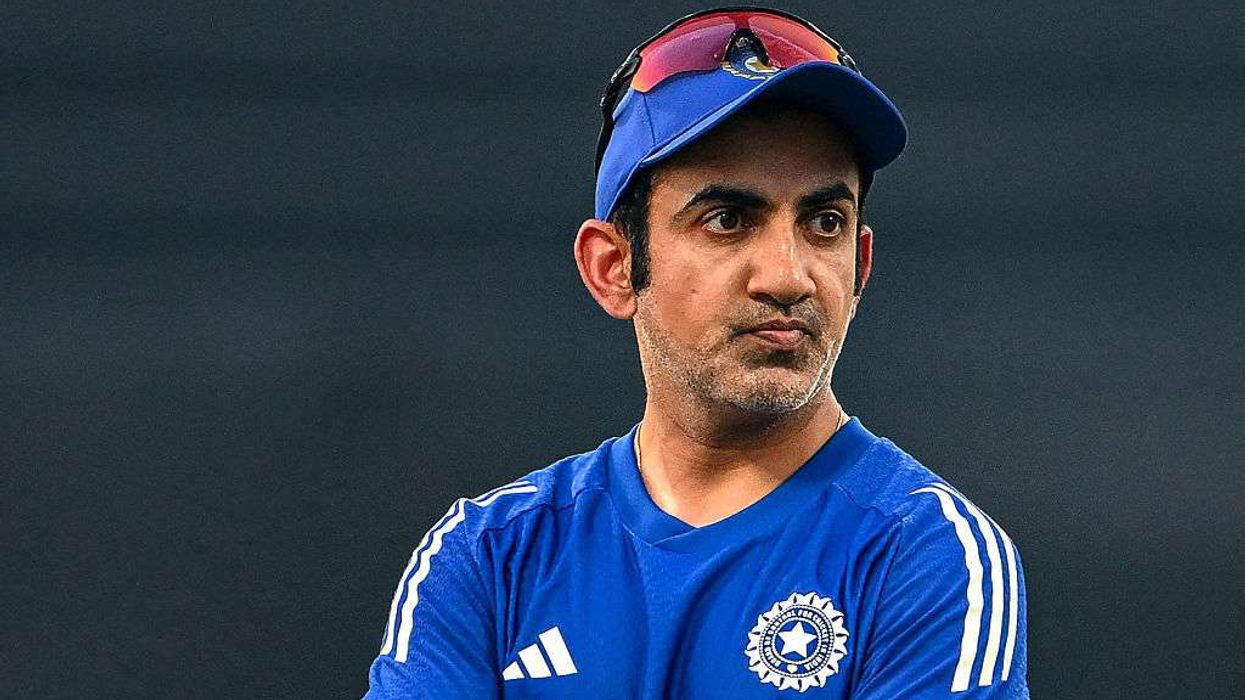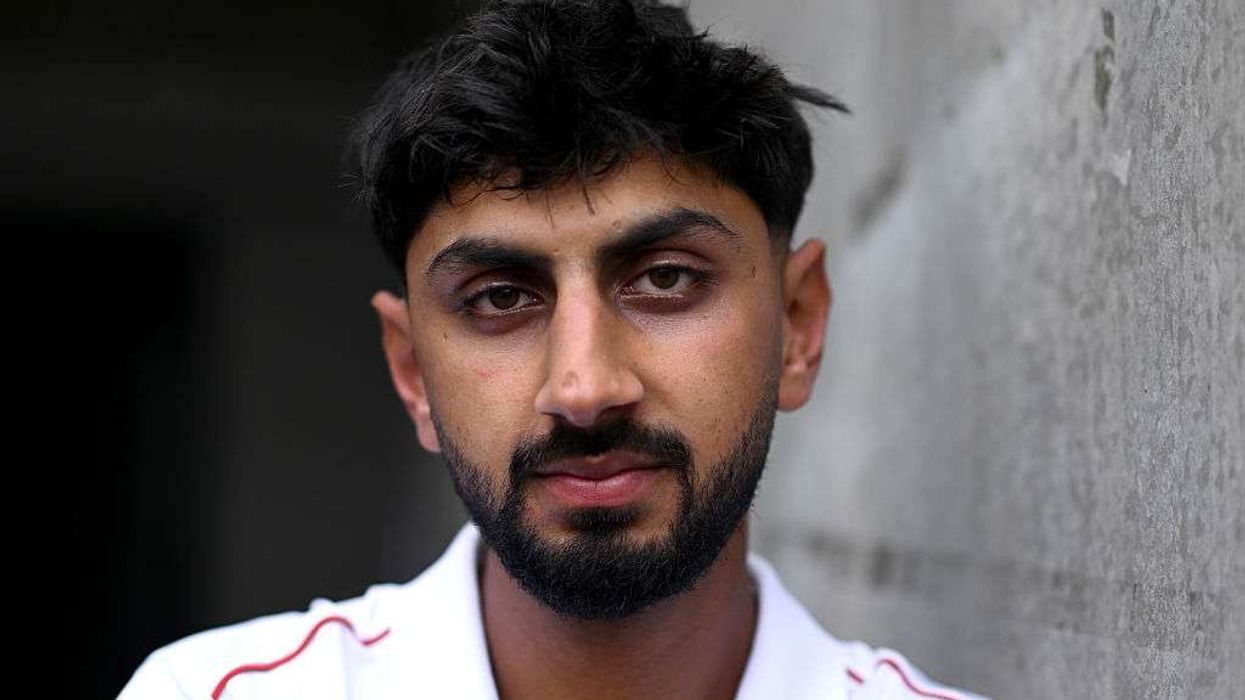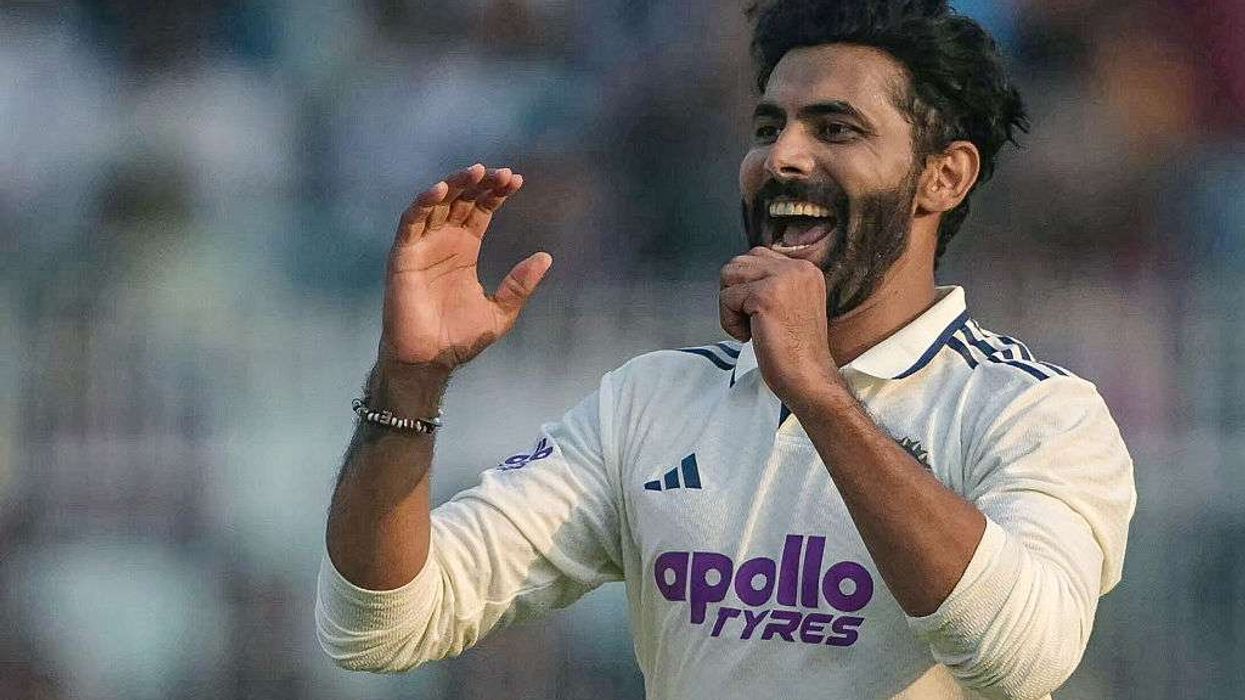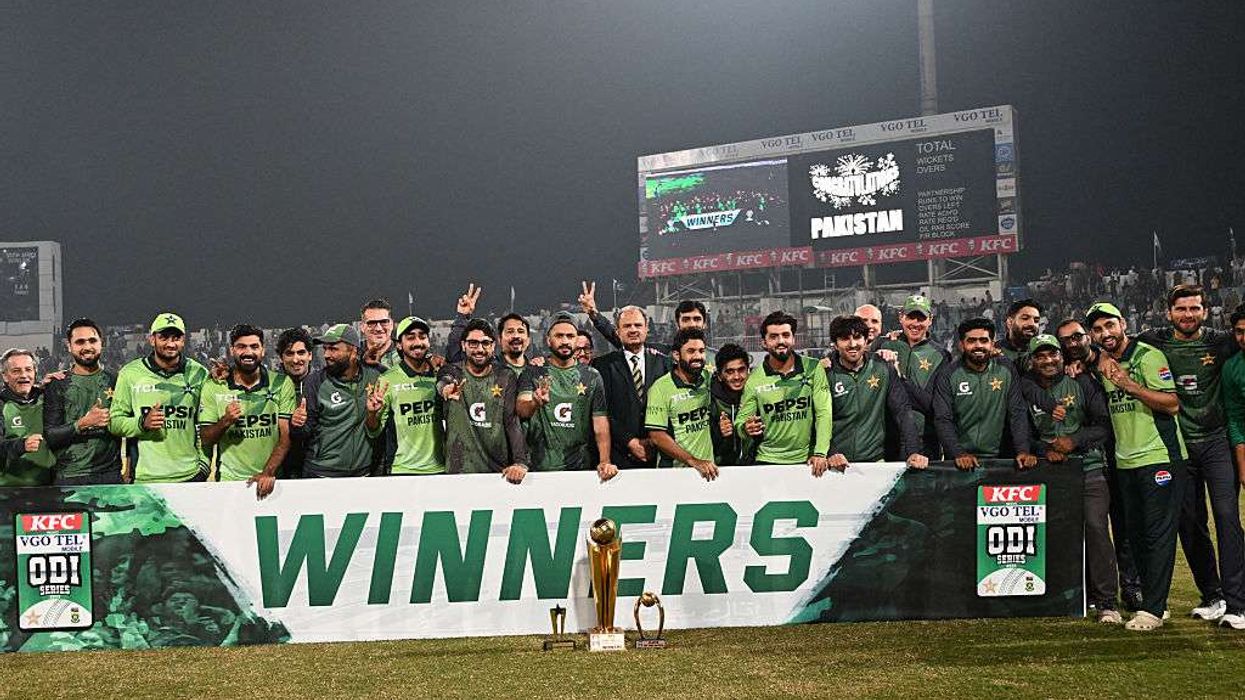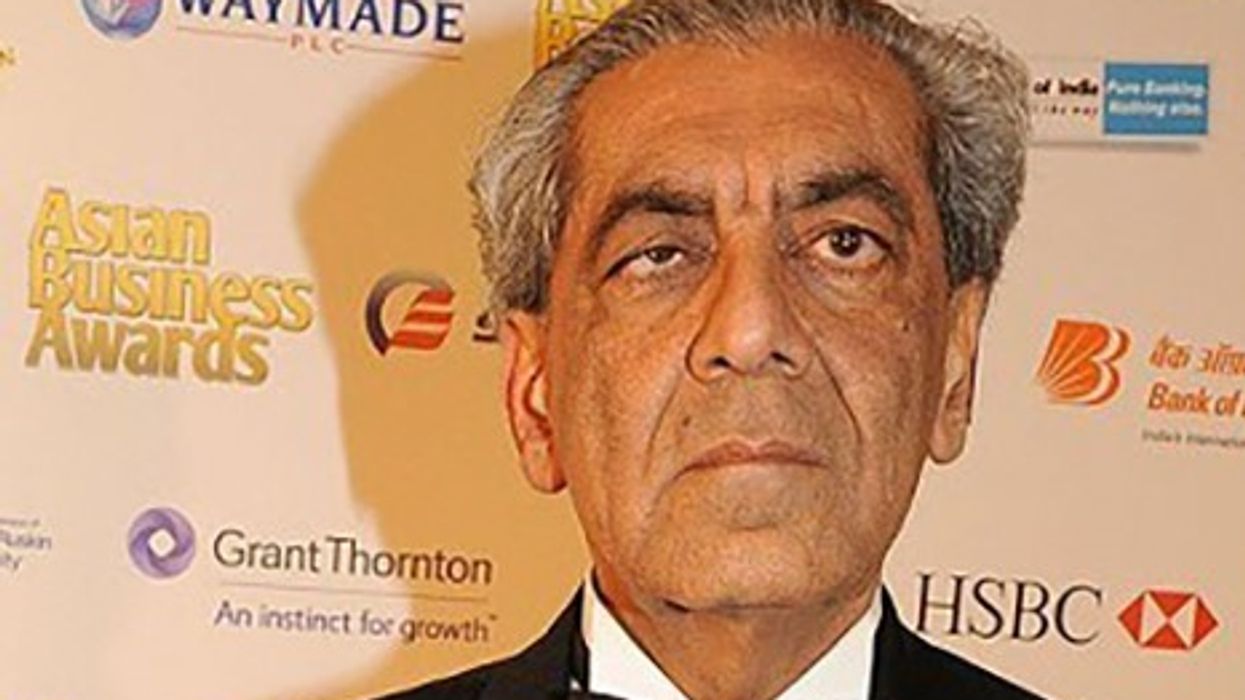A PROPOSED two-tier structure for Test cricket has sparked intense debate across the cricketing world, with former players and administrators sharply divided over its potential impact on the sport’s longest format.
As the International Cricket Council (ICC) reportedly prepares to discuss this significant restructuring this month, voices both for and against the proposal have grown louder.
The recent thrilling five-Test series between Australia and India, which saw the hosts triumph 3-1 amid packed stadiums, has reignited discussions about Test cricket’s future structure.
England ex-captain Michael Vaughan has emerged as one of the strongest advocates for the two-tier system, viewing it as crucial for the format’s survival.
“I believe it is a four-day product with a set number of overs each day enforced, three matches minimum per series and two divisions of six, including promotion and relegation,” Vaughan said.
He expressed particular enthusiasm about the possibility of more frequent Ashes series: “I was delighted to read ... the ICC are considering a two-tier structure from 2027 which could see the Ashes staged twice every three years.”
Former India coach Ravi Shastri has aligned himself with this perspective. He argued that the Australia-India series demonstrated Test cricket’s enduring appeal to audiences while reinforcing the need for top teams to play each other more frequently.
“The top teams play against each other more often, so there is a contest. You want contests,” Shastri stressed during his commentary stint on SEN radio.
Supporting this view, UAE national cricket team’s head coach Lalchand Rajput suggested that the proposed system “would foster healthy competition and enhance the excitement of the sport.
“In this setup, the best teams would face each other more frequently, while lower-ranked teams would have a clear incentive to perform well in order to climb into the top tier.”

However, the proposal has met with fierce resistance from several cricket luminaries, particularly those representing nations outside cricket’s “Big Three” of India, Australia, and England.
West Indies cricket legend Clive Lloyd, who led his team during their dominant era in the 1970s and 1980s, expressed deep concerns about the potential consequences.
“I think it will be terrible for all those countries who worked so hard to get the Test status,” the 80-year-old Lloyd stated during an online media interaction.
“Now they’ll be playing among themselves in the lower section. How are they going to make it to the top? When you play against better teams.”
Lloyd particularly pointed out the historical contribution of West Indies cricket. He noted, “We were the cash cows for a lot of countries over the years ... people must recognise that. But we are at that situation now where we need the help, and we can’t get it.”
Sri Lanka’s 1996 World Cup-winning captain Arjuna Ranatunga has also voiced strong opposition to the proposal. “I understand the economics. Such a move will certainly line the pockets of the three boards, but sport isn’t just about pounds, dollars and rupees.
“Administrators must nurture and protect the game, not just fatten their coffers,” Ranatunga said.
Former Australian cricketer Mark Taylor has taken a more nuanced position, suggesting that a de facto two-tier system already exists. “It’s something that’s been discussed for a number of years – that very topic, and I’m certainly not against it. In a way that’s almost what we’ve got now,” Taylor observed, pointing to the current World Test Championship (WTC) structure, where the Test-playing teams naturally separate into different tiers based on their competitive levels.
According to reports, ICC chairman Jay Shah is scheduled to meet with Australian and English board representatives this month to discuss the proposed restructuring. Any changes would be implemented after the conclusion of the current Future Tours Programme in 2027.

This isn’t the first time such a proposal has been considered. In 2016, plans for a de facto premier league featuring the top seven sides were scrapped after the Board of Control for Cricket in India (BCCI) led opposition efforts, citing concerns about the impact on smaller cricket nations.
The debate reflects broader challenges facing Test cricket in an era dominated by T20 franchise leagues. While recent series between major nations have shown the format’s appeal, concerns persist about maintaining competitive balance and financial viability of all Test-playing nations.
As the ICC prepares to deliberate on this crucial matter, the cricket world watches closely. The outcome could fundamentally reshape international cricket’s landscape, potentially creating more frequent contests between top nations while raising questions about the development and sustainability of the sport in countries with a less established cricketing infrastructure, experts say.

